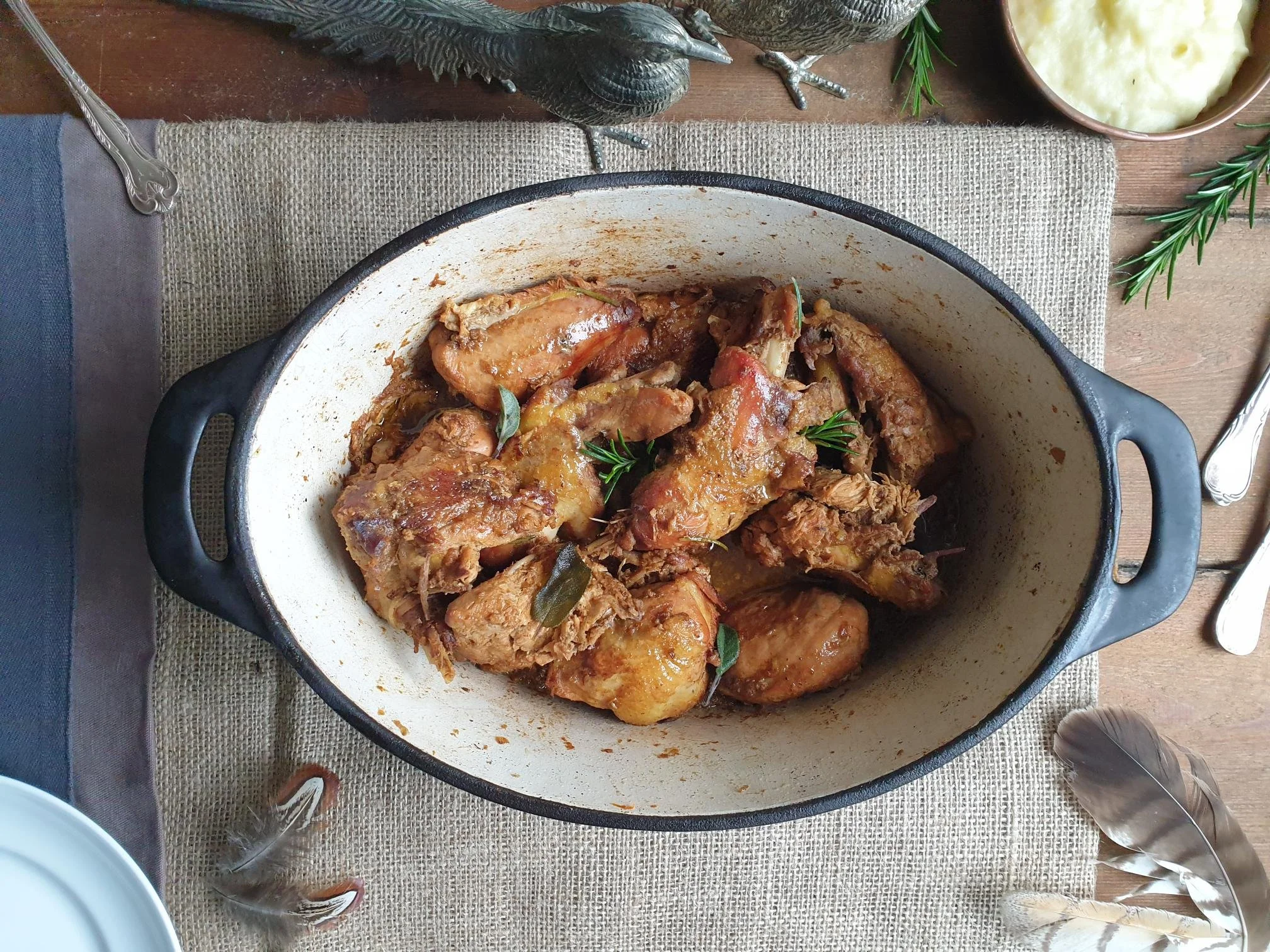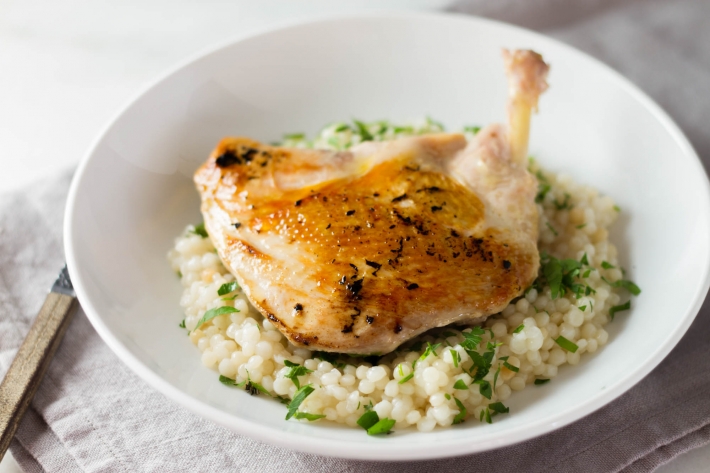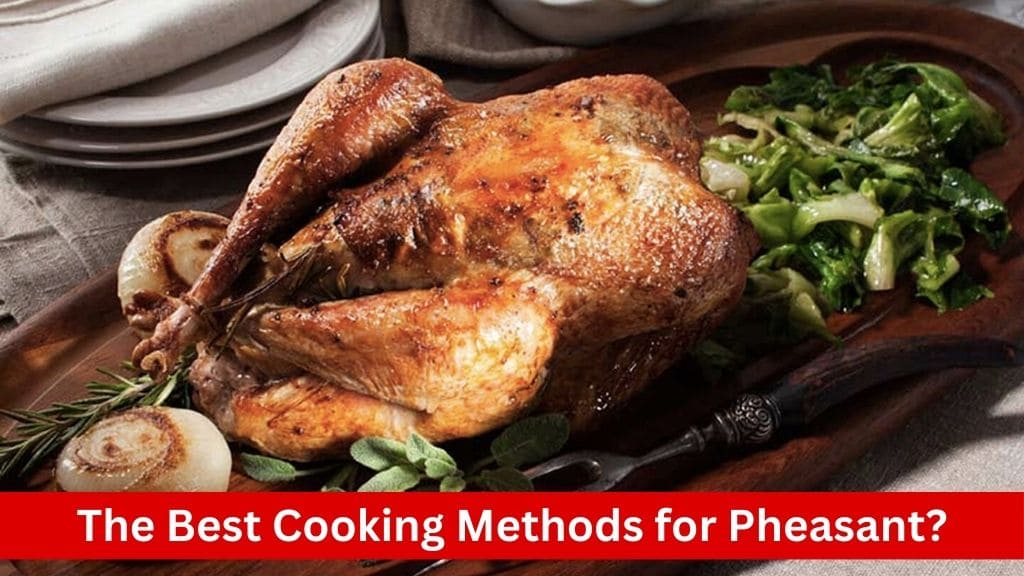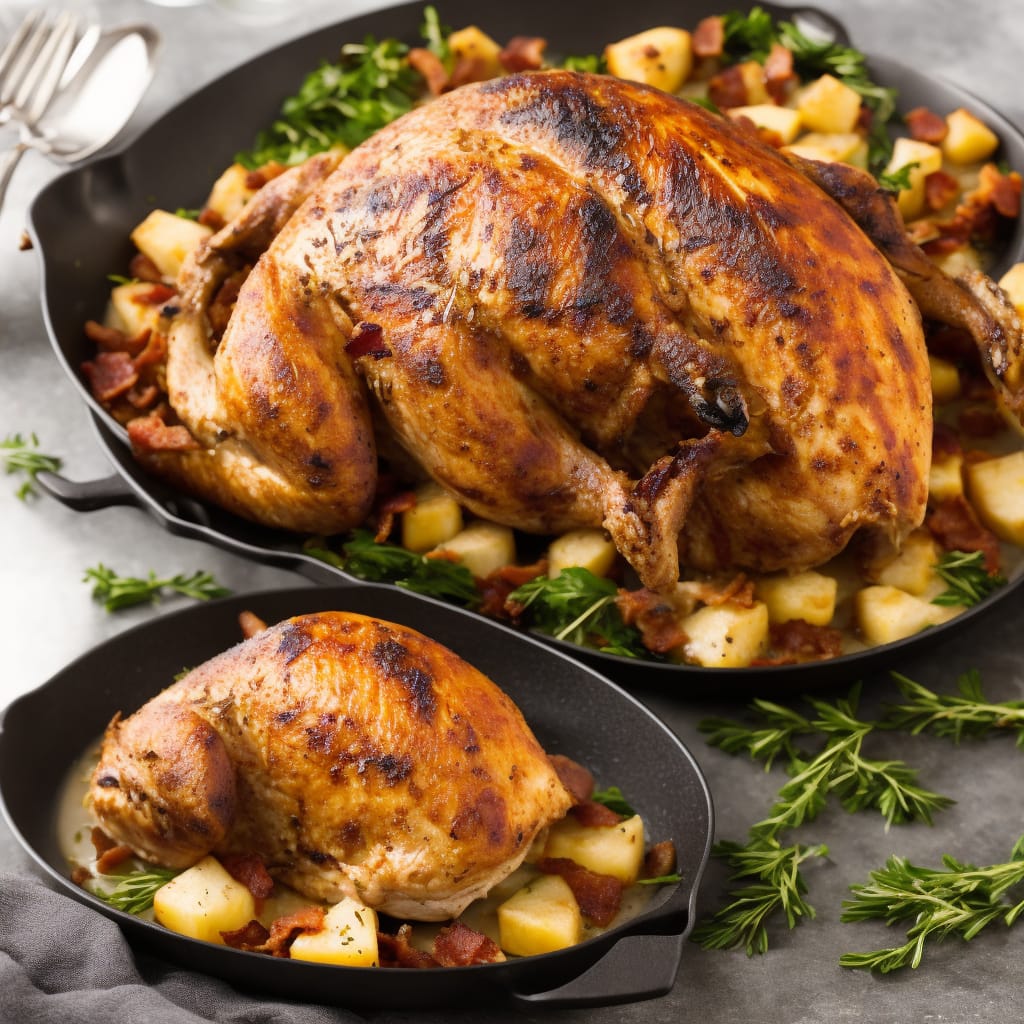Pheasant, with its delicate yet flavorful meat, offers a delightful culinary experience for those who enjoy game birds. However, achieving the perfect balance of tenderness and flavor requires careful consideration of the cooking method. In this comprehensive guide, we delve into various cooking techniques to determine which one reigns supreme for preparing this noble bird.
Before diving into the cooking methods, it’s essential to understand the characteristics of pheasant meat. Pheasant meat is lean, with a rich flavor that can be enhanced with the right cooking technique. Its low-fat content makes it prone to drying out if not cooked properly, emphasizing the importance of selecting the appropriate cooking method.
Roasting: Traditional Elegance

Roasting is a timeless cooking method that exudes elegance and sophistication. When it comes to preparing pheasant, roasting remains a top choice for many culinary enthusiasts. Let’s delve deeper into why this traditional technique is so revered:
Even Cooking
One of the primary benefits of roasting pheasant is the even distribution of heat throughout the bird. By placing the pheasant in the oven and allowing the hot air to circulate around it, every part of the bird cooks at a consistent rate. This ensures that each bite is cooked to perfection, from the tender breast meat to the succulent thighs.
Crispy Skin
Another hallmark of roasted pheasant is the irresistible crispy skin that forms during the cooking process. As the bird roasts in the oven, the high heat causes the skin to brown and become deliciously crispy. The contrast between the crispy skin and the tender meat beneath adds both texture and flavor to the dish, elevating it to a culinary masterpiece.
Moisture Retention
Despite its lean nature, pheasant has a tendency to dry out if overcooked. However, roasting provides an excellent method for retaining moisture and ensuring that the meat remains juicy and flavorful. By basting the pheasant with its own juices or a flavorful liquid throughout the cooking process, you can lock in moisture and prevent the meat from becoming dry and tough.
Flavor Enhancement
Roasting allows the natural flavors of the pheasant to shine through, resulting in a dish that is rich, aromatic, and deeply satisfying. As the bird cooks, its juices mingle with any herbs, spices, or aromatics used in the seasoning, infusing the meat with layers of flavor. The end result is a pheasant that is not only tender and succulent but also bursting with delicious taste sensations.
Presentation
Beyond its culinary merits, roasting pheasant also offers an opportunity to create a stunning presentation on the dinner table. A beautifully roasted pheasant, with its golden-brown skin and aromatic stuffing, is sure to impress even the most discerning guests. Whether served whole or carved into elegant portions, roasted pheasant adds a touch of sophistication to any meal.
Braising: Tender and Flavorful

Tenderizes Tough Cuts
Pheasant, particularly its legs, can be tough if not cooked properly. However, braising provides a solution to this challenge by slowly simmering the bird in a liquid until it becomes tender and juicy. The low and slow cooking process breaks down the connective tissues in the meat, resulting in fork-tender pheasant that practically falls off the bone.
Infuses Flavor
One of the greatest advantages of braising is its ability to infuse the pheasant with rich and complex flavors. As the bird simmers in the flavorful liquid, it absorbs the aromatic ingredients, herbs, spices, and other seasonings, resulting in a depth of taste that tantalizes the palate. Whether you opt for a savory broth, a robust wine-based sauce, or a fragrant broth infused with herbs and vegetables, braising offers endless possibilities for flavor combinations.
Versatility
Braising allows for endless creativity in the kitchen, making it a versatile cooking method for preparing pheasant. From classic French coq au vin to hearty stews and comforting casseroles, there are countless braised pheasant recipes to explore. Additionally, braising provides an opportunity to incorporate seasonal vegetables, aromatic herbs, and spices, further enhancing the flavor profile of the dish.
Moisture Retention
One of the key benefits of braising is its ability to lock in moisture, ensuring that the pheasant remains juicy and flavorful throughout the cooking process. Unlike dry-heat cooking methods like roasting or grilling, braising involves cooking the bird in a liquid, which helps prevent it from drying out. The result is tender, succulent pheasant that is a joy to eat.
Simplicity
Despite its impressive results, braising is a relatively simple cooking technique that requires minimal hands-on time. Once the pheasant is nestled in the flavorful liquid and set to simmer, it requires little attention, allowing you to focus on other tasks or simply relax and enjoy the aroma wafting from the kitchen. Whether you’re a novice cook or a seasoned chef, braising offers a straightforward approach to preparing delicious and satisfying pheasant dishes.
Grilling: Charred Perfection

Intense Flavor
One of the primary attractions of grilling pheasant is the intense flavor that it imparts to the meat. Cooking the bird over an open flame infuses it with a distinct smokiness that enhances its natural taste. Whether you use charcoal, wood, or gas, the flames and smoke work their magic on the pheasant, resulting in a depth of flavor that tantalizes the taste buds.
Quick Cooking
Grilling is a relatively quick cooking method, making it ideal for preparing pheasant on busy weeknights or for casual gatherings. Unlike slow-cooking techniques such as braising or roasting, grilling allows you to cook the bird in a matter of minutes, ensuring that it retains its juiciness and tenderness without the need for prolonged cooking times.
Charred Exterior
One of the hallmarks of grilled pheasant is the charred exterior that forms as it cooks over the flames. The high heat of the grill sears the surface of the bird, creating a caramelized crust that adds both texture and flavor to the dish. The contrast between the charred exterior and the tender meat beneath creates a sensory experience that is both satisfying and irresistible.
Minimal Preparation
Grilling pheasant requires minimal preparation, making it an ideal cooking method for those who prefer simplicity in the kitchen. Unlike more elaborate techniques that may involve marinating or braising, grilling allows you to season the bird with just a sprinkle of salt and pepper before placing it on the grill. The result is a dish that showcases the natural flavor of the pheasant with minimal fuss.
Versatility
Grilling offers endless possibilities for customizing the flavor of pheasant to suit your preferences. Whether you prefer a classic seasoning of salt and pepper, a tangy barbecue sauce, or a zesty marinade, grilling allows you to experiment with different flavor combinations to create the perfect dish. Additionally, you can add smoky wood chips or herbs to the grill to further enhance the flavor of the pheasant.
Sous Vide: Precision Cooking

Consistent Results
One of the primary advantages of Sous Vide cooking is its ability to deliver consistent results every time. By precisely controlling the temperature of the water bath, usually within a fraction of a degree, Sous Vide ensures that the pheasant cooks evenly from edge to edge. This eliminates the risk of overcooking or undercooking, resulting in perfectly cooked meat with a uniform texture throughout.
Minimal Hands-On Time
Sous Vide cooking requires minimal hands-on time, making it an ideal cooking method for busy home cooks. Once the pheasant is vacuum-sealed in a bag with any desired seasonings or marinades, it is placed in the water bath and left to cook at a controlled temperature for an extended period. This hands-off approach allows you to focus on other tasks or simply relax while the Sous Vide does the work.
Customizable Flavors
One of the most exciting aspects of Sous Vide cooking is its ability to infuse the pheasant with a wide range of flavors. Because the bird is sealed in a vacuum bag during cooking, it has the opportunity to absorb the flavors of any herbs, spices, aromatics, or marinades added to the bag. This allows you to customize the flavor profile of the pheasant to suit your preferences, resulting in a dish that is truly unique and flavorful.
Retains Moisture
Unlike traditional cooking methods that can cause meat to lose moisture during the cooking process, Sous Vide cooking helps retain the natural juices and moisture of the pheasant. Because the bird is cooked in a sealed bag, none of the moisture or flavor escapes during cooking, resulting in incredibly tender and succulent meat that practically melts in your mouth.
Precision Timing
Sous Vide cooking allows for precise control over the timing of the cooking process, ensuring that the pheasant is cooked to perfection. Whether you prefer your pheasant rare, medium-rare, or well-done, Sous Vide allows you to set the exact temperature and cooking time to achieve your desired level of doneness. This precision timing ensures that the pheasant is cooked precisely to your liking every time.
Conclusion
The best cooking method for pheasant ultimately depends on personal preference and desired outcomes. Traditionalists may opt for the elegance of roasting, while those seeking tenderness might lean towards braising. Grilling offers a charred smokiness that appeals to outdoor cooking enthusiasts, while Sous Vide provides precision and consistency. Whichever method you choose, mastering the art of cooking pheasant will elevate your culinary repertoire and delight the taste buds of your guests. Experiment with different techniques to discover your favorite way of preparing this noble bird. Happy cooking!


